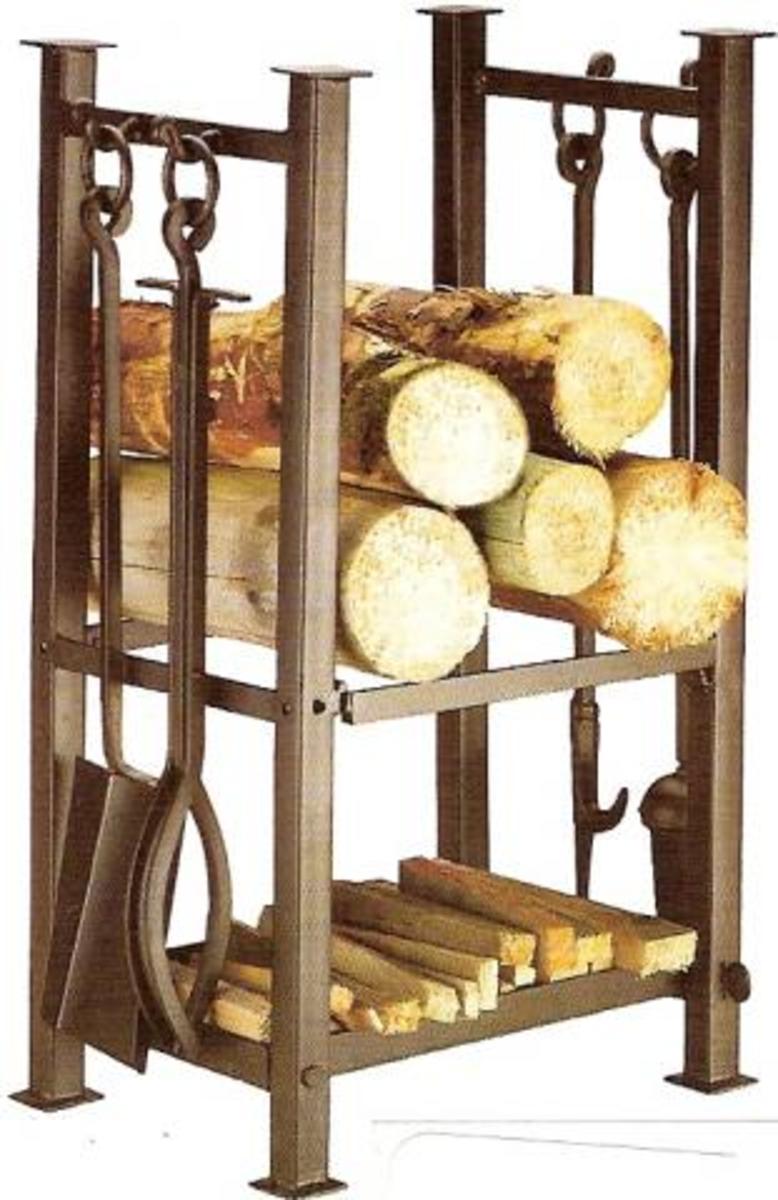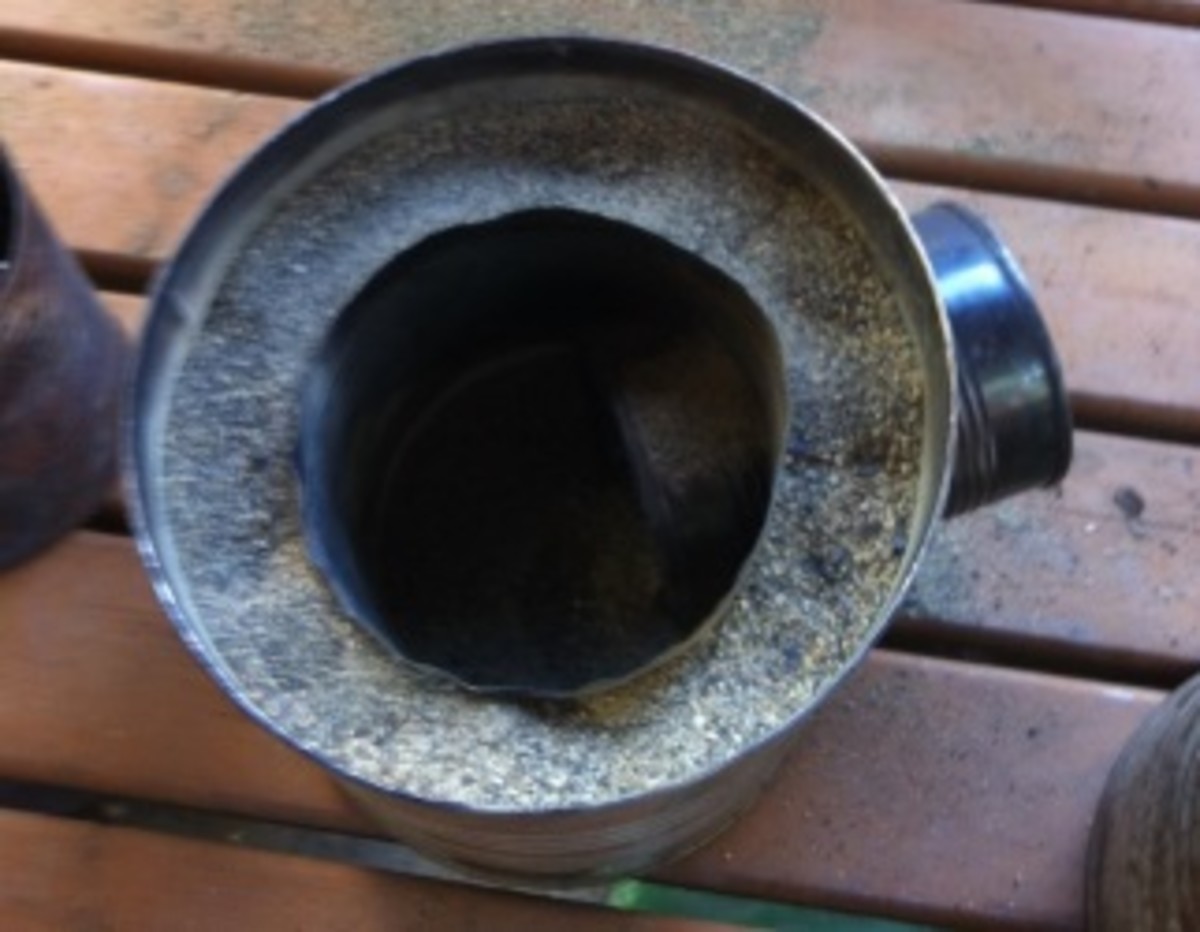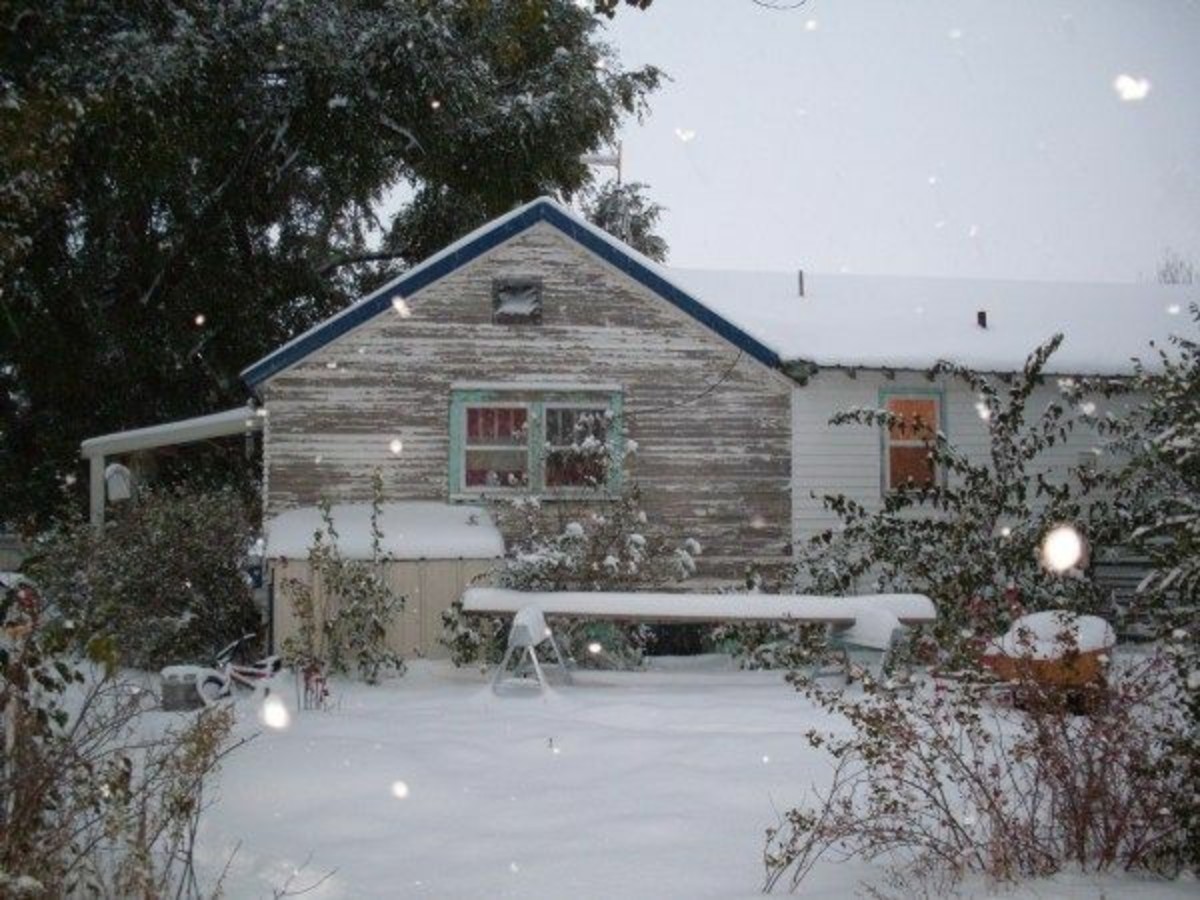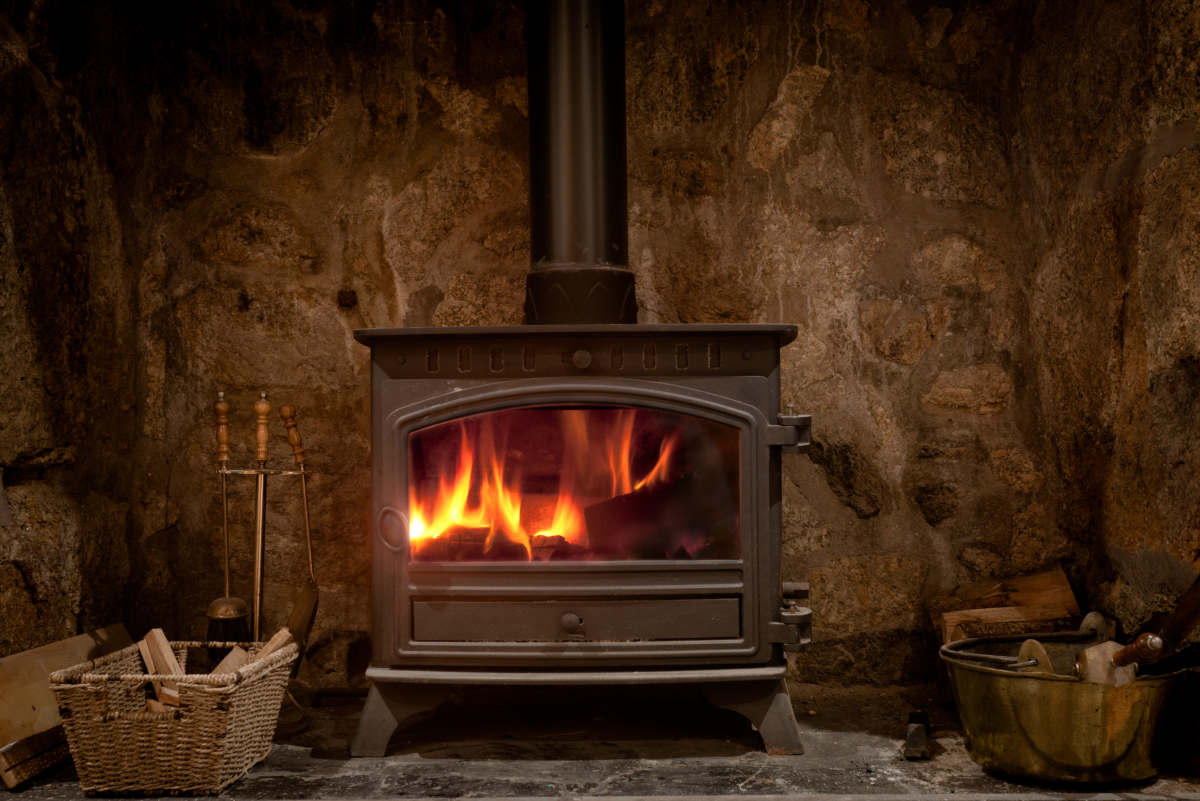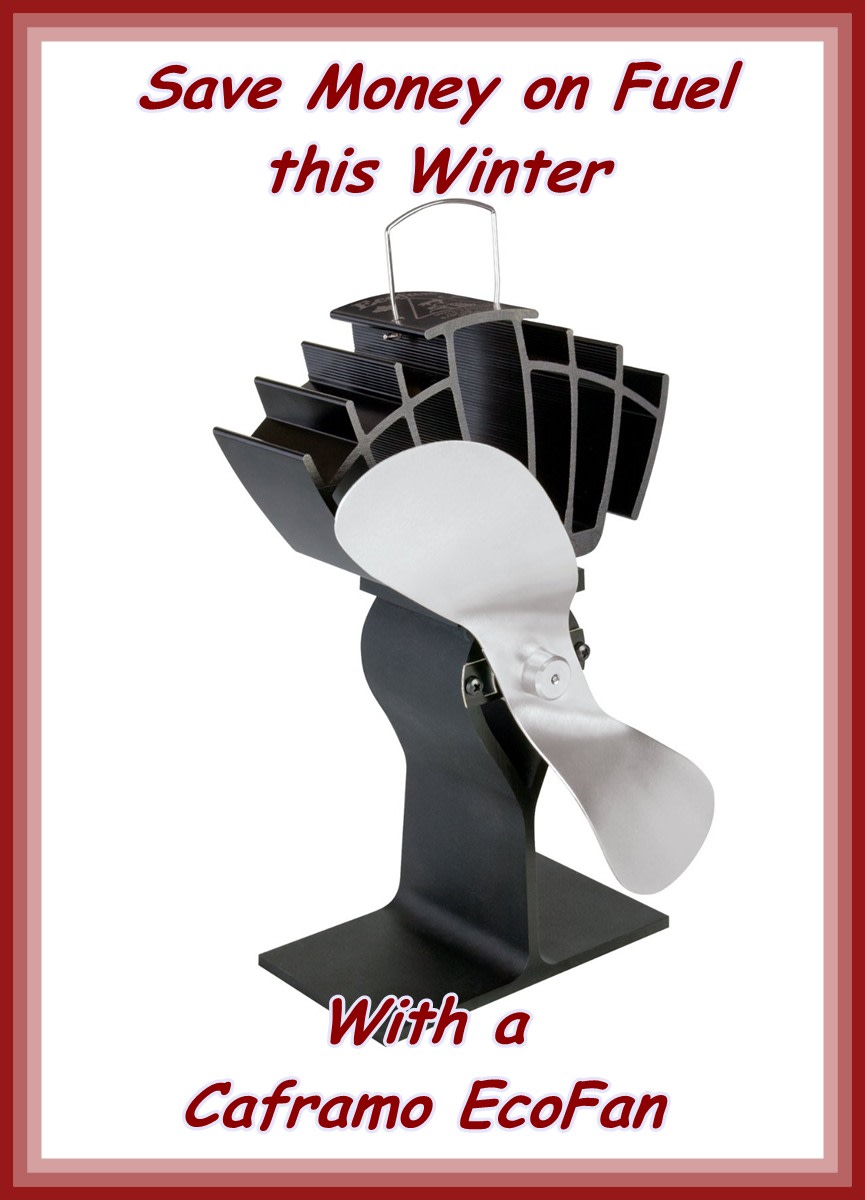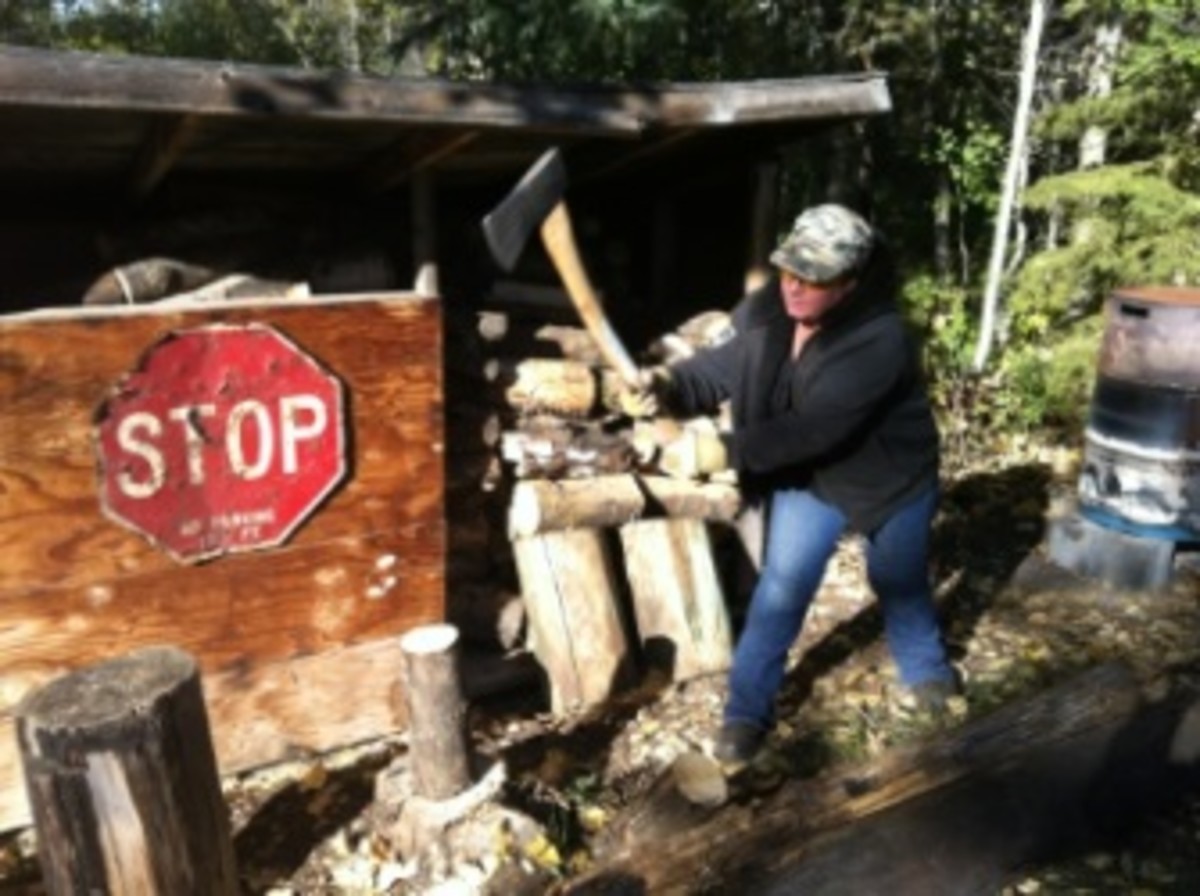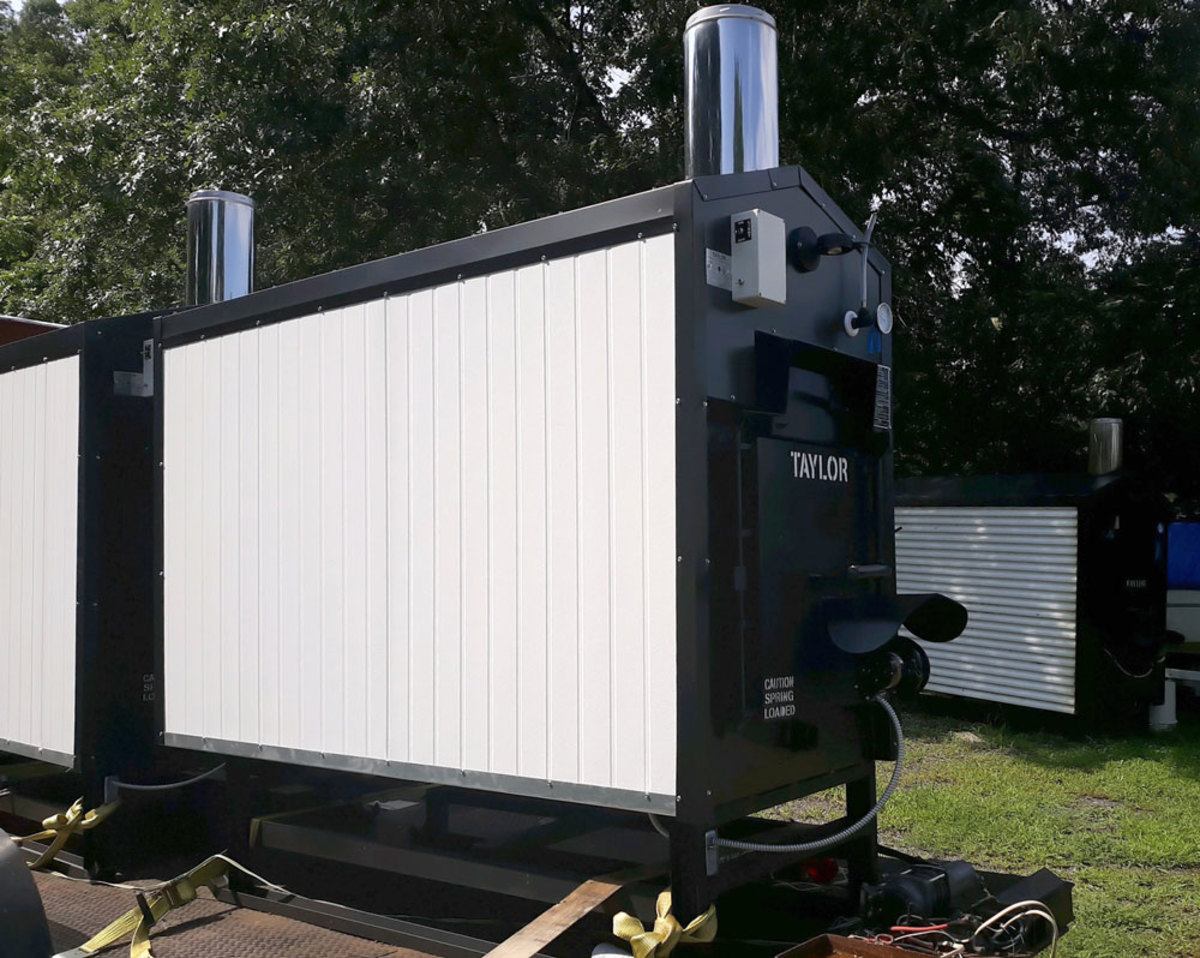Understanding Pellet Stoves: How Pellet Stoves Work
Pellet Stoves
Trying to decide what type of heating appliance to put in our new family room led me to do a lot of research. I'm sharing the highlights of that research here in the "hubs". Hope it helps.
Various types of stoves are out there and there are benefits and limitations to each kind. Pellet stoves are a very attractive option, but understanding how pellet stoves work is necessary to make a final decision.
So why are pellet stoves becoming more popular?
Pellet stoves add warmth to your home without needing to worry about firewood. You can have a pellet stove even if your house doesn't have a chimney, which is one of the many reasons that they end up being the best option for a lot of people.
Adding a pellet stove brings a space-heating furnace to your home without the hassle of maintaining a large store of firewood. You can get excellent stove heat that warms a room or a whole house but not need to deal with installing or cleaning a chimney. These are precisely the reasons why so many people are choosing a pellet stove for their heating needs.
A further advantage of these stoves is that they work by convective heat. The heat is dispersed by fans and the outside of the stove doesn't get hot. This could be quite important if you have children or pets and worry about burns. With radiant heaters, like log-burning wood stoves, a gate or barrier is recommended to keep children from sustaining burns.
What are pellets?
These stoves burn pellets made of various materials. Wood pellets are by far, the most popular.
The pellets are manufactured using 'leftover' material from sawmills and so on. The compressed sawdust and recycled wood are formed into cylinder-like pellets, about an inch long. Pellets are available locally or through internet retailers. Some will offer free shipping or other incentives when the pellets are purchased in bulk.
A stove that burns pellets made of corn is the second most popular option after wood.
Pellets burn very efficiently because they are densely compressed with most of the moisture removed. It is for this reason that there is very little by-product and no chimney is needed to vent the smoke.
--Instead of a chimney, you just need a vent to the outside. The vents are made of double layer pipe specified for this purpose. You may still want a professional to install this for you, but it's much less complicated than dealing with a chimney.
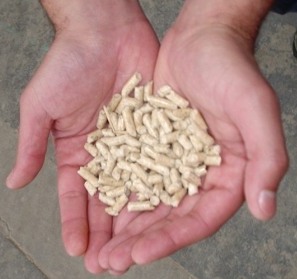
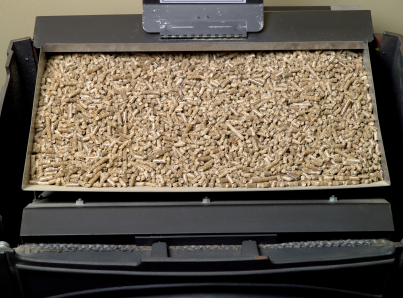
WHAT IF THE POWER GOES OUT?
--Pellet stoves can run for up to seventy two hours on a 'load' or 'hopper-full' of pellets. Electricity is, however, required to keep the feed of pellets running automatically.
In a power failure, without battery or generator backup, a corn pellet stove will extinguish almost immediately (corn won't burn if the auger/agitator isn't turning), while stoves that burn wood pellets may continue to burn until the pellets in the burn pot are consumed.
When considering purchase of a pellet stove, find out whether the model has backup battery power included. If not, you may use a home generator if you have one, or may need to consider the cost of external battery backup (sold as an accessory by some manufacturers) in the cost of purchase.
ALSO NOTE:
--This type of heat producing stove will not provide the same flame as a log burning stove. If you like the look of a log fire, be sure to visit a dealer and see a pellet stove in 'action' to make sure you won't be disappointed with the character of the fire. There are also ceramic 'logs' that disperse the flame to give a more characteristic flame pattern.
--Although pellet stoves look like a good old-fashioned (or new-fashioned) wood-burning stoves, they are much more complex appliances with both moving and electrical parts.
An Example of a Pellet Stove
Pellet Stove Parts
It is important to understand how pellet stoves work before deciding to purchase one. They are not just another rendition of a wood log stove. Having a grasp of the pellet stove parts can help with troubleshooting later on too if a problem should arise.
First, electricity is required to run the pellet stove although the requirement should be low. Overall, your utility bills should still be lower after accounting for the price of pellets and the electricity, and offsetting all of this with the extra heat generated by the stove. A backup source of power is required, however, to ensure the stove will still provide heat during a power-outage. If you have a home generator, there is no issue. If not, many stoves can be or are outfitted with an external battery backup.
So what are the pellet stove parts and what does each one do?
How pellet stoves work involve at least 5 or 6 basic parts...
1) Fans-There are at least 2 fans. One is designed to draw room air into the stove to fuel the fire. The other disperses the heated air from the stove to the room after the air has been heated by the fire and passed over the heat exchangers (usually heated to 250 degrees)
2) Hopper-The hopper is where you add the pellets. Some models are top-loaders and some are bottom loaders. Top-loaders may have the advantage that soot and ash are less likely to 'back-burn' into the hopper and cause a fire. Bottom loaders are easier to load.
Most hoppers hold enough pellets for a day or two of burning. This is a definite advantage over wood-log burning stoves which may need to be attended to several times a day, at least to stoke the fire or add logs.
3) Auger- The auger is a moving corkscrew-like apparatus. This is the part that is responsible for delivering the pellets to the firebox where they are burned.Some augers are manually set to deliver pellets at a constant rate. As you approach higher end stoves, the auger is adjustable. Some stoves even have the auger and pellet delivery rate controlled by a thermostat for maximum convenience and comfort.
4) Firebox or Burnpot- The firebox is just as it sounds. It is the place where the fuel and air mix to cause fire.
5) Heat Exchanger- These are metal elements that heat the air before it is blown by the convection fan to heat your room.


